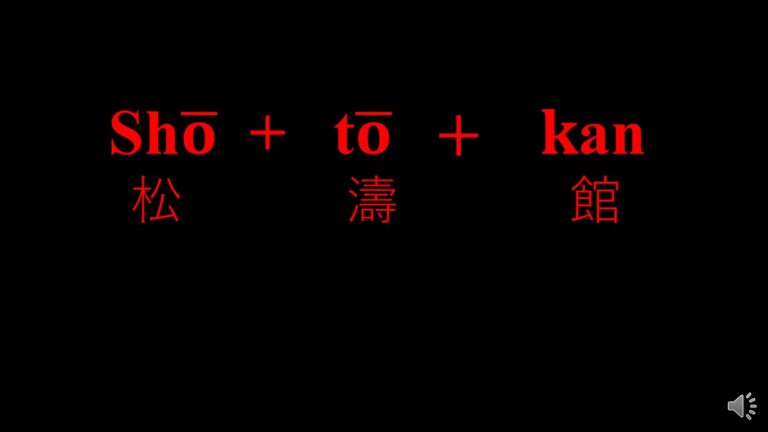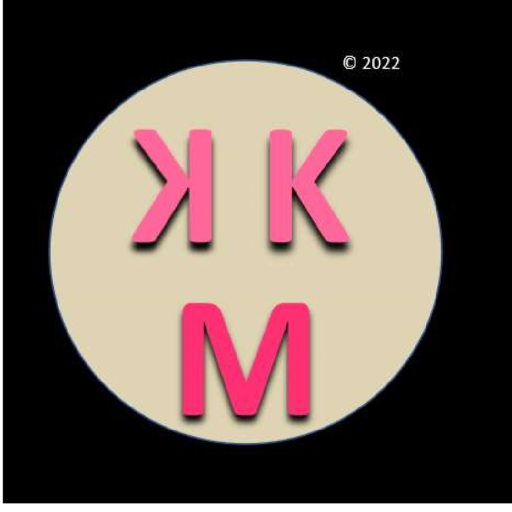
Are there Tigers in Japan?
Where Tigers Live
The symbol for Shotokan is a ‘Tiger.’ But are there tigers in Japan? The short answer to the question is no, there are no tigers native to Japan. Japan is an island and tigers don’t live on that island. Tigers however can be found in China, Nepal, Indonesia, India, Malaysia, etc. Tigers are found living wild in other Asian countries!
Admired From Afar
But the Japanese knew about tigers, they were aware of them and how powerful and dangerous they were! They respected and admired their power. They were (and are) thought of very highly. But know that the only live tigers living in Japan would have to be found held captive in a zoo! They don’t roam the countryside in Japan!
Artwork
Tigers have appeared in Japanese artwork over the centuries. They appear in paintings, poetry, literature, pottery, etc.
So, why do tigers appear in Japanese artwork and in culture? The answer is a school called ‘The Kano School‘ which was a long lived (over 300 years) and influential school of painting and other creative arts found in Japan’s history. The school was active from the 15th century into the 18th century. The school was held in high esteem as having the most professional painters and craftsmen in Japan. It attracted rich and wealthy patrons of the arts. It was affluent and refined. Imported into the school were Chinese style works of art. Chinese art inspired Japanese artists. China had artwork that included tigers! To enjoy culture, to be seen as sophisticated, a shogun (ruler / dictator) named Shogun Tokugawa supported and encouraged the arts. Within the arts came craftsman, and with artisans came tigers! Funny thing however, many drawings of tigers were not very accurate . . . they look funny, even strange, because the artist had never actually seen a real tiger!
Tiger Selected
But how did the founder of Shotokan select a tiger as a symbol? Gichin Funakoshi (founder of Shotokan) came to Japan from Okinawa early in the 1920’s. In Japan he had a great friend named Hoan Kosuqi. He also had a friend named Jiqoro Kano (who was a judo master). These two friends talked Sensei Funakoshi into staying in Japan. They wanted him to stay and teach his style of karate! They believed in him. It just so happened that Hoan was a famous painter and an artist! Hoan Kosuqi became a very major part in developing karate-do (the way of the empty hand) in Japan. Kosuqi was also a student of sensei Funakoshi. He talked Sensei Funakoshi into writing a book about his style of karate. To capture it in writing! The book became a ‘master text.’ In Japan a master text was actually written on a long scroll. A scroll is a ‘treatise’ (a written work that formally and systematically deals with a subject). In Japan, a treatise is also known as “Tora no maki” (Tiger’s Scroll). Kosugi told Sensei Funakoshi that if he would write the treatise, he would help him with the writing and he would design it and provide a painting for the cover (remember he was an artist)! So, guess what he painted? Yep, you got it! A tiger!
Fun Fact
When Gichin Funakoshi was young in Okinawa, he spent hours in contemplation on an Okinawan mountain named . . . “Mount Tarao” or in other words it meant The “Tiger’s Tail Mountain.” Sensei Funakoshi often reminisced about the sound of the wind blowing through the pine trees there. He loved it. He said it sounded like the sound of ocean waves breaking on a shoreline. a very soothing sound to his ears.
Not Just Any Old Tiger!
The Shotokan Tiger is unusual and has deep meanings. Sensei Funakoshi liked the tiger because it represented power, strength, courage, and tenacity. The tiger drawing itself is drawn into many individual lines. The lines if seen alone aren’t recognizable, but like the karate he taught, when all of the parts are assembled together, the true power is reveled. The lines can be many things individually; kihon (basics), kata (forms), kumite (contact techniques), practice, patience, devotion, respect, etc. The tiger is also drawn within a circle which symbolizes that power must be like a circle, it must be continuous and unbroken, it must contain all of the training of karate, that the power is within bounds and will not come out, unless completely necessary for survival of oneself or of one that requires protection.

